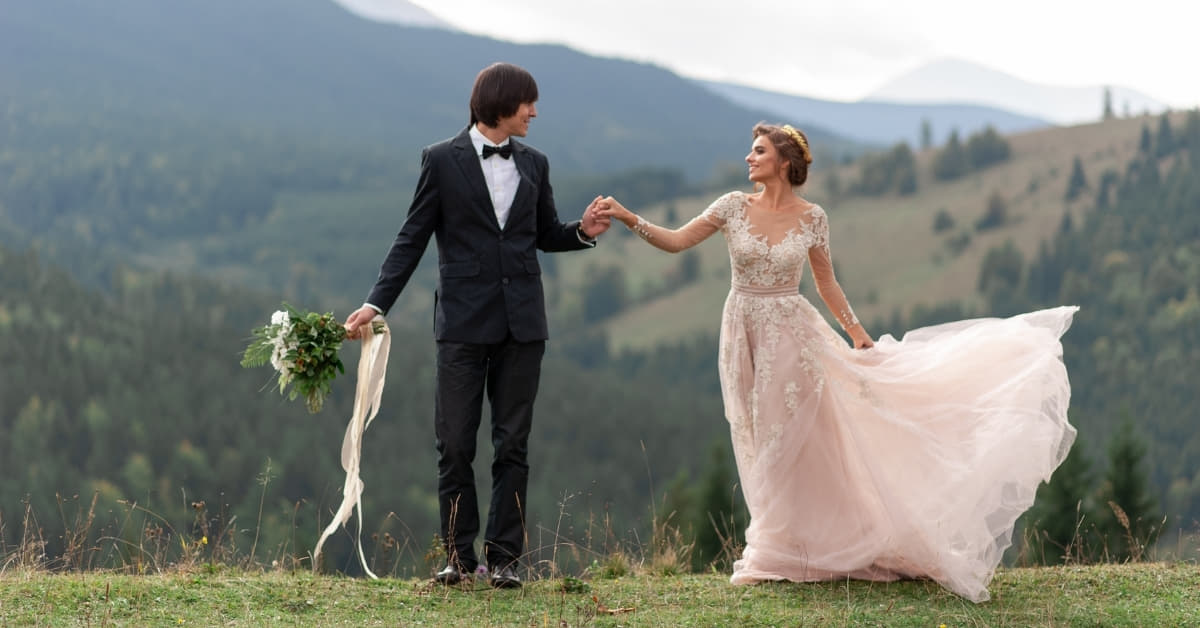Capturing the timeless moments of a wedding day requires skill behind the lens, but the magic often happens in the editing room. Wedding photography editing is a crucial step in turning raw images into stunning, timeless masterpieces that couples will cherish forever. In this comprehensive guide, we’ll delve into the world of wedding photography editing, covering techniques, tools, and tips to enhance your post-production skills.
The Importance of Wedding Photography Editing
Editing plays a pivotal role in refining and enhancing the captured moments, ensuring they align with the couple’s vision and the photographer’s artistic style. Here are key reasons why wedding photography editing is essential:
- Enhancing Colors and Tones:
Wedding photos often benefit from color correction and tonal adjustments to create a cohesive and visually appealing album. - Cropping and Composition:
Editing allows photographers to refine composition, crop images for better focus, and eliminate distracting elements, ensuring each photo tells a compelling story. - Retouching for Perfection:
Smoothing out imperfections, removing blemishes, and enhancing features contribute to creating flawless, magazine-worthy images. - Creating a Consistent Style:
Establishing a consistent editing style helps photographers define their brand and ensures a harmonious look across the entire wedding album.
Essential Wedding Photography Editing Tools
- Adobe Lightroom:
A powerhouse for color correction, exposure adjustments, and batch editing, Lightroom is a go-to tool for many wedding photographers. - Adobe Photoshop:
Ideal for detailed retouching and advanced editing, Photoshop complements Lightroom for a comprehensive post-production workflow. - Presets and Filters:
Utilizing presets and filters can streamline editing by providing a starting point or achieving a specific mood with a single click. - Smart Editing Software:
AI-powered editing tools like Luminar AI or ON1 Photo RAW offer intelligent enhancements and automate repetitive tasks.
Advanced Techniques for Wedding Photography Editing
- Selective Editing:
Use adjustment brushes or masks to selectively enhance or tone down specific areas of an image. - HDR Editing:
High Dynamic Range (HDR) techniques help balance exposure in challenging lighting conditions, preserving details in both highlights and shadows. - Color Grading:
Experiment with color grading to evoke specific emotions and enhance the overall aesthetic of your wedding photos. - Adding Artistic Effects:
Incorporate creative effects like vignettes, blurs, or overlays to infuse a touch of artistry into your images.
FAQs
How long does wedding photography editing usually take?
The time required for editing varies based on factors like the number of photos, complexity, and the photographer’s proficiency. On average, it can take anywhere from a few days to a few weeks.
What file format should I save my edited wedding photos in?
Save your edited photos in a high-quality, widely compatible format like JPEG. This ensures easy sharing and printing without compromising image quality.
How do I choose a consistent editing style for my wedding photography?
Experiment with different styles, study the work of other photographers, and listen to client preferences. Once you find a style that resonates, stick with it to build a recognizable brand.
Are there any ethical considerations in wedding photography editing?
Ethical editing involves enhancing images without misrepresenting the events. Avoid excessive retouching that alters the natural appearance of people or the setting.
Conclusion
Mastering wedding photography editing is a journey that combines technical skills, artistic vision, and a deep understanding of your clients’ expectations. By incorporating the right tools and techniques, you can transform raw captures into breathtaking memories that will be cherished for a lifetime. Experiment, learn, and refine your editing process to establish a unique style that sets your wedding photography apart.
This page was last edited on 24 February 2024, at 1:03 pm
